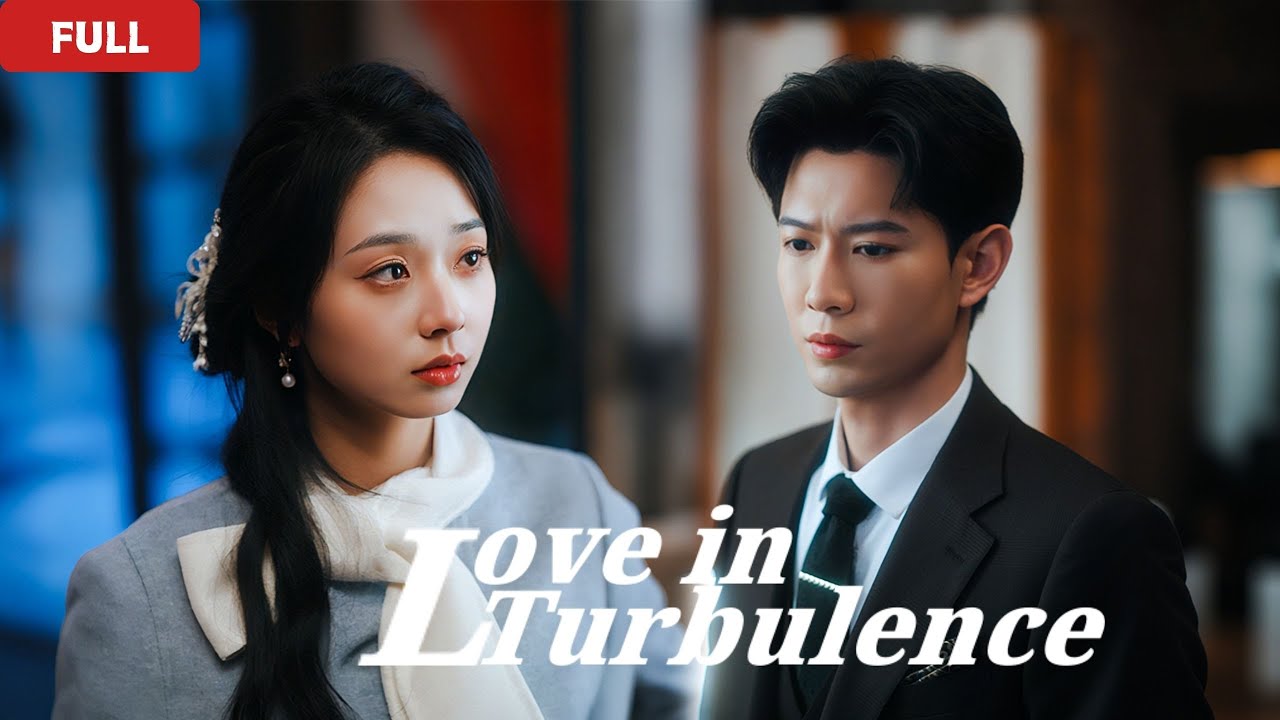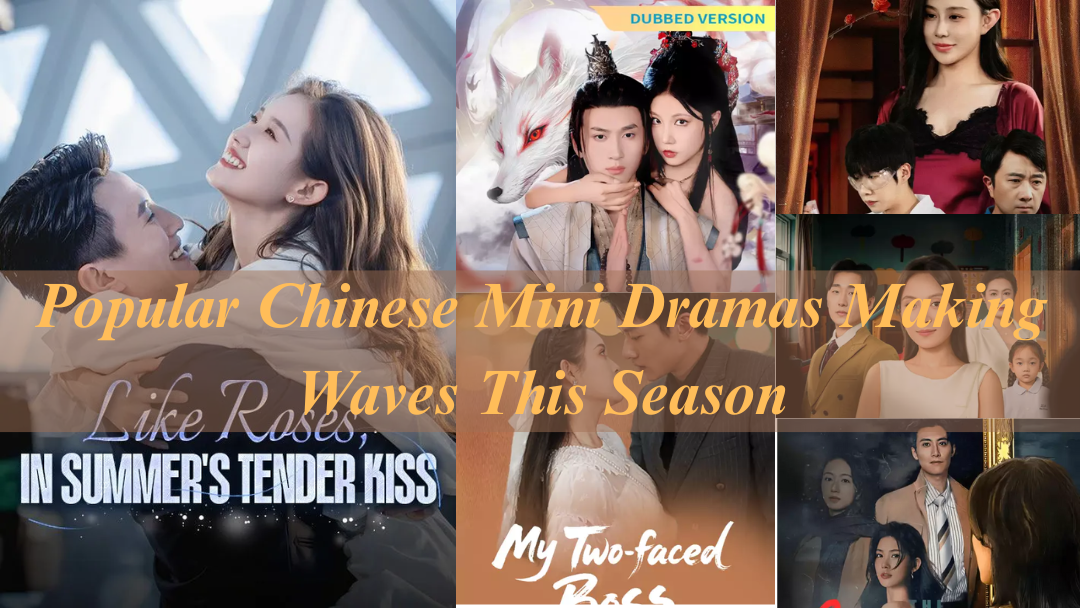
Love in Turbulence unfolds as a lean, intensely emotional short drama that grips the viewer from the first frame and never quite loosens its hold. At its core lies a forbidden love intensified by a secret tied in blood, branding the central pair as illegitimate in the eyes of their world. The tension is built not just from desire, but from the weight of a truth that steps into the light at the worst possible moment. The arrival of another man complicates the already volatile mix, injecting new motives, loyalties, and risks into the lovers’ fragile sanctuary. This review dissects how the short drama navigates romance, betrayal, and fate with economical storytelling, sharp performances, and a climate of perpetual moral risk.
Love in Turbulence centers on two lovers who are believed to be siblings due to a secret lineage. The premise instantly raises questions about identity, loyalty, and the social codes that govern intimate relations. The script stages the conflict with surgical precision: quiet conversations that carry dangerous implications, glances that speak more than words, and a series of near-misses that heighten the sense that any decisive gesture could shatter everything. The revelation of the blood-bound secret lands with the inevitability of a storm, forcing the characters to confront a truth that has long composed the backdrop of their relationship.
The lovers: Their chemistry is the driving force of the piece. Their tenderness is shadowed by fear, and their restraint often speaks louder than any confession. When they finally break, the catharsis feels earned, underscoring the premise that true longing can weather, and emerge through, the most oppressive social judgeships.
The third party: The arrival of another man injects a new spectrum of vulnerability and risk. His presence unsettles the balance and exposes the fragility of the lovers’ pact. His motives are ambiguous enough to keep the audience guessing, which amplifies the drama without tipping into melodrama.
Supporting figures: The supporting cast functions as a chorus of conscience and consequence. Their reactions—ranging from suspicion to complicity—mirror the audience’s internal conflict and help sustain tension across the episodes.
Forbidden love: The central romance tests the boundaries of permissible affection, forcing characters to weigh desire against duty and social consequence.
Secrets and bloodlines: The secret tied in blood is not merely a plot device; it is a social indictment that frames how the lovers are perceived and treated by those around them.
Fate and choice: The narrative continually emphasizes how fate seems to push the lovers toward a decision that cannot be unmade, even as personal choice offers no easy path.
Betrayal and trust: The fragile trust between lovers and the betrayals they navigate reveal how fragile intimacy can be in the face of unspoken truths.
The short format demands discipline, and Love in Turbulence delivers with concise, almost claustrophobic framing that keeps the camera close to the protagonists’ faces during intimate moments and widens only when the external world intrudes. The lighting leans toward muted hues, which enhances the mood of secrecy and unease. Pacing is a deliberate tightrope walk: the tension escalates steadily, never lingering too long on one beat, ensuring that the viewer remains engaged without feeling overwhelmed by exposition.
A restrained, atmospheric score underscores the emotional volatility without overpowering the dialogue. Sound design emphasizes ambient noises—the rustle of fabric, a distant thunderclap, a door closing softly—that punctuate the weight of each decision. This sonic approach mirrors the film’s visual economy, making every sensory detail count toward the mood of turbulence.
Love in Turbulence engages with questions of how society polices intimate life and how individuals cope when the rules they believed in conflict with their deepest desires. The tension between moral expectations and personal truth creates a moral gray area that invites viewers to question whether love is a private virtue or a public scandal. The drama does not offer easy redemption; instead, it presents a spectrum of possible futures and leaves the ultimate outcome open to interpretation.
The emotional payoff arises from a careful accumulation of vulnerability. As the lovers confront the blood-bound truth, their actions become a study in courage and despair. The arrival of a rival actor raises the stakes, forcing a choice that will redefine their identities. The final beats deliver a sense of inevitability tempered by a glimmer of possibility, suggesting that even in turbulence, love can insist on a future, whether or not that future aligns with conventional expectations.
Love in Turbulence resonates with audiences who gravitate toward compact, high-stakes romance narratives. Its brevity makes it an ideal watch for quick immersion, and its emotional density ensures it lingers in memory after the credits roll. Viewers can freely access the short drama on MiniShort—no sign-up, no download required—providing a convenient platform for impulsive viewing without barriers.
Free on MiniShort: no sign-up, no download, just mini drama anytime.
Access is immediate, with a straightforward viewing experience that emphasizes the story and performances over technical complexity.
The platform’s brevity-friendly format suits the film’s compact runtime and intense emotional palette.
Love in Turbulence presents a compelling meditation on desire, secrecy, and the social constructions that seek to restrain affection. The combination of intimate performances, precise storytelling, and a magnetic central conflict yields a short drama that feels both urgent and elegiac. It asks whether love can transcend the fractures of a blood-bound secret and the judgments of a world that insists on sameness. While the ending may provoke debate about fate versus free will, the film ultimately affirms that love, even when surrounded by turbulence, deserves a chance to be heard.




